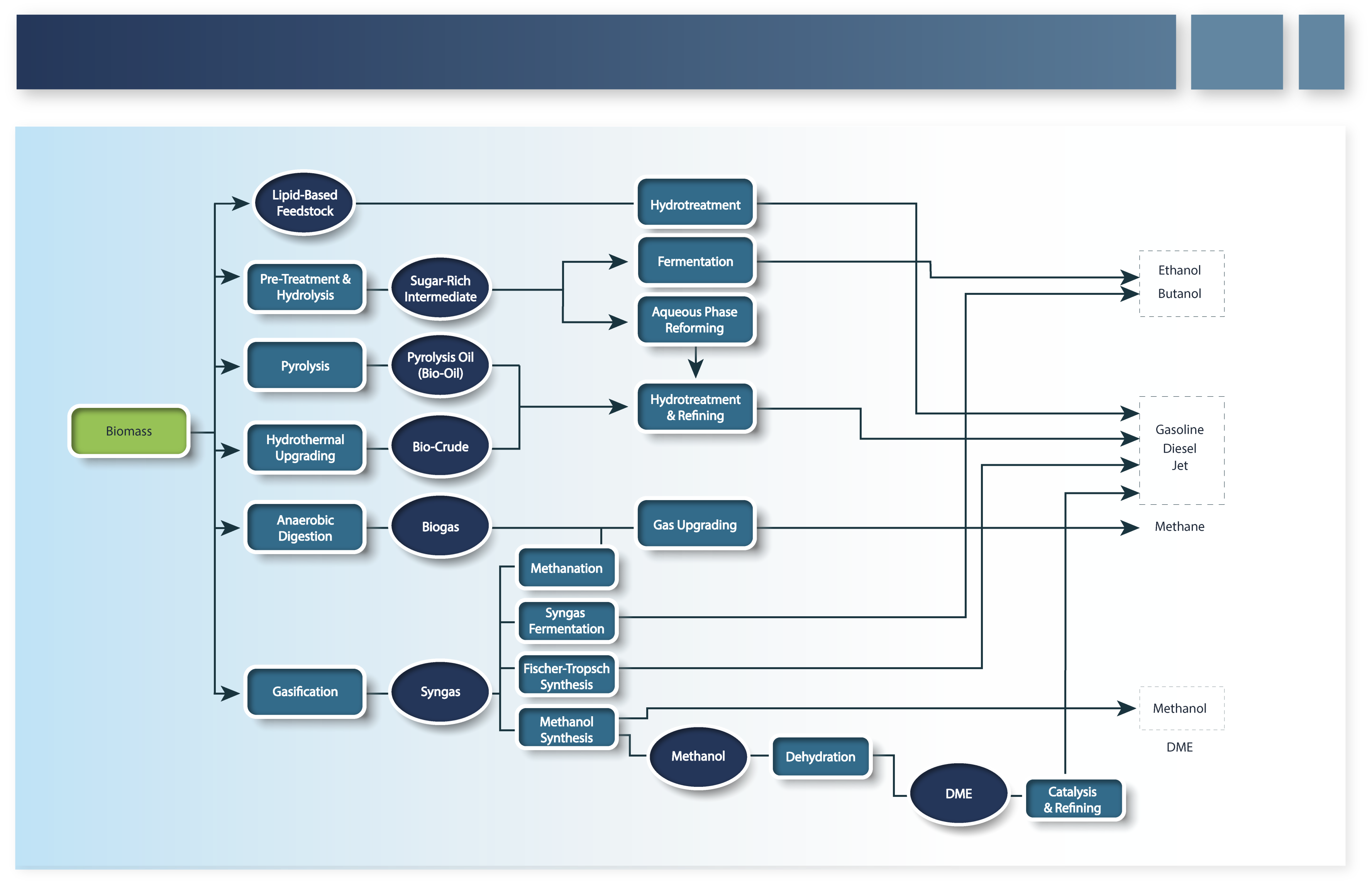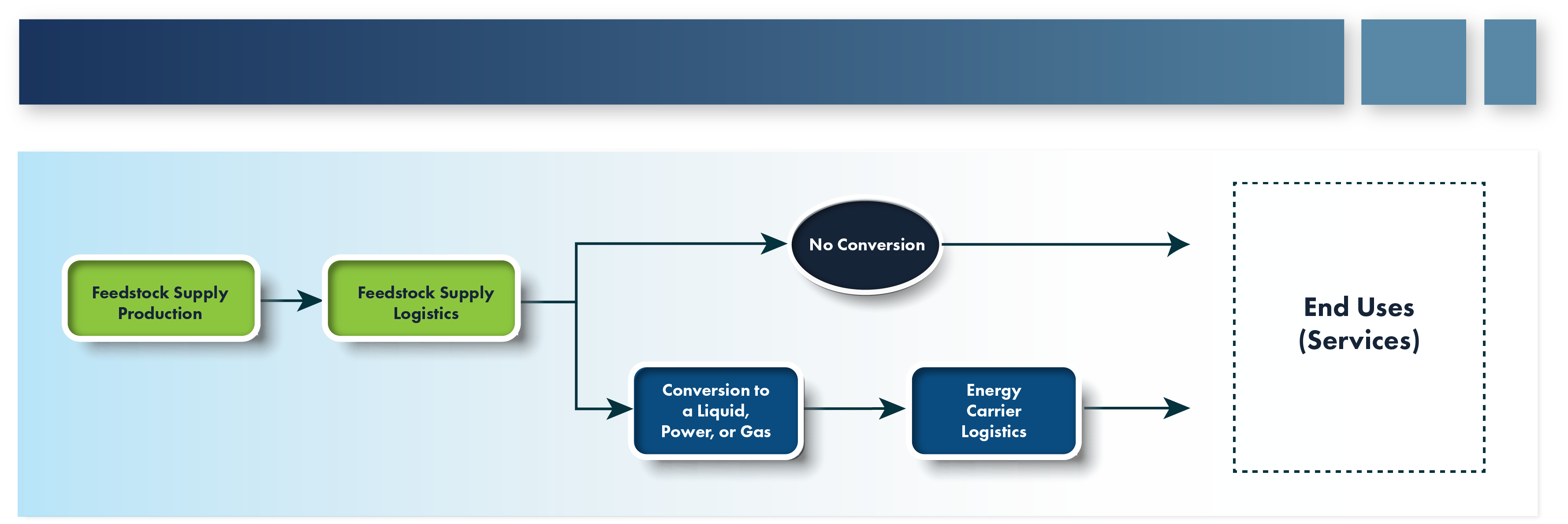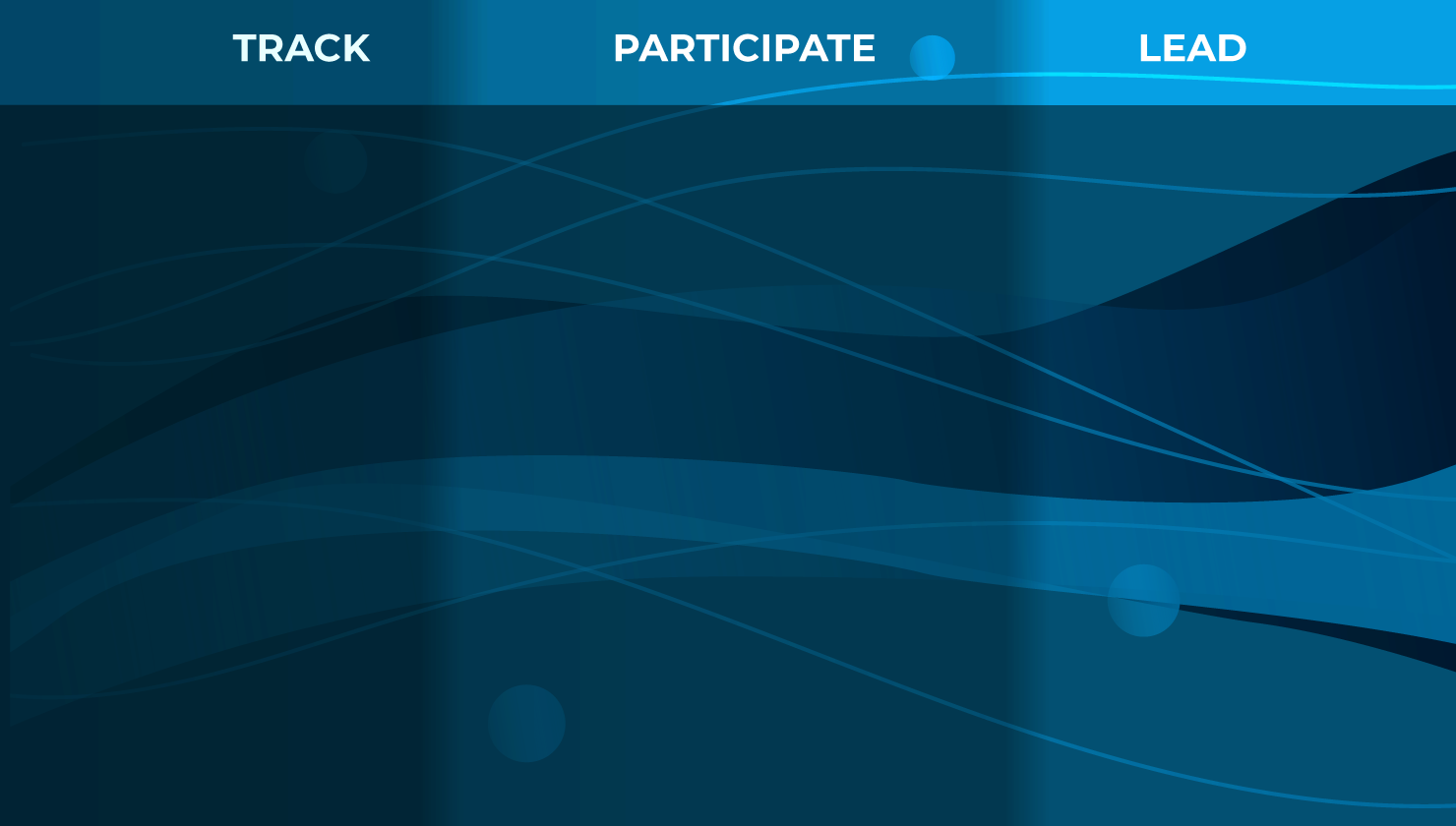#  Renewable Fuels
Renewable Fuels
# Introduction
The Renewable Fuels TSC undertakes and facilitates research on potential renewable fuel and bioenergy options for economy-wide deep decarbonization. Renewable fuels and bioenergy as a concept encompasses many possible energy sources, conversion technologies, and end uses (Figure 14 shows a subset of possibilities). This TSC is focused on solid and waste renewable biogenic feedstocks and pursues research related to the potential production of AECs. This includes research related to feedstock production and conversion, RNG production, and biofuels production (for example, ethanol, methanol, hydrocarbon drop in fuels). Multiple pathways and conversion technologies will be evaluated that include, but are not limited to, biological, biochemical, and thermochemical routes to produce renewable fuels. The TSC's scope also includes bioenergy with and without CCS conversion options for power, liquid fuels, and hydrogen.
Renewable fuels such as biofuels and RNG are expected to play important roles in decarbonizing transportation and heating needs. Meanwhile bioenergy with CCS, with its ability to provide a negative emission solution, could be a critical strategy in the pursuit of aggressive decarbonization, in addition to the energy services it provides. The IEA estimates that the global production of biofuels in 2018 was 154 billion liters and is expected to increase 25% over the next 5 years. In the U.S., approximately 15.8 billion gallons of ethanol and 1.7 billion gallons of biodiesel were produced in 2019 (IEA 2019c). Similarly, IEA estimates that the global production of biogas and biomethane was 35 million tonnes of oil equivalent in 2018 but the potential based on availability of sustainable feedstocks was 730 million tonnes of oil equivalent demonstrating significant technical potential for RNG (IEA 2020e). A recent U.S. study has also estimated the technical RNG potential to be up to 13,963 trillion Btu by 2040 with the potential to reduce GHG emissions by 235 MMt (AGF 2019). Additionally, many global studies have estimated a significant cost-effective role for biopower, bioliquids, and bio-hydrogen with CCS (e.g., Rose 2020). LCRI already has work underway developing U.S. agricultural and forestry biomass supply estimates as well as RNG supply estimates.

# Key Research Questions
There are many possibilities for producing renewable fuels in terms of combinations of feedstocks, conversion technologies, energy products, end-use applications, and logistics. To inform the TSC objectives, the landscape of possibilities is explored through a series of research questions with each question providing essential insight related to individual elements and integrated perspectives of potential renewable fuels and bioenergy pathways (Figure 15).

Over the course of the LCRI, the TSC intends to address the following research questions.
What types and quantities of renewable fuel and bioenergy feedstock supplies are available and what are the potential implications (environmental, social, economic) of producing the feedstocks, including GHG emission implications?
What are the options for handling feedstocks—such as treatment/upgrading, storage, and transportation—and how might they affect renewable fuel and bioenergy supply?
What are the options for energy conversion technologies—solids, liquids, electricity, hydrogen, and heat?
What are the alternative operational pathways and impacts related to post-conversion logistics—such as renewable fuels transportation, distribution, and storage?
What are the technology and infrastructure options and service demands for end-uses/services using renewable fuels?
What are the policy design options and implications for renewable fuels and bioenergy (for example, biogenic emissions accounting)?
What are the interactions between individual elements above and implications for potential pathways?
What role could renewable fuels and bioenergy play in the broader energy system and what are the options for integration?
# Research Effort
The Renewable Fuels TSC has organized the research plan around the following research objectives:
Determine the potential role of renewable fuels and bioenergy to contribute to deep decarbonization across the energy economy by mid-century.
Identify opportunities, constraints, and risks (for example, RD&D activities, policy impacts, market impacts) for facilitating increased renewable fuels and bioenergy utilization in a low-carbon future.
Pursue research and demonstrations to support key renewable fuels and bioenergy technologies.
For each of the three objectives, goals, strategies, and specific actions have been defined that address the research questions above by exploring the various research areas relevant to renewable fuels and bioenergy. Goals 1 through 3 support the first research objective, while Goals 4 and 5 support the second and third research objectives, respectively.
# Goal 1: Assess renewable fuel and bioenergy feedstock supply potential
Strategy 1: Evaluate feedstock supply and implications (environmental, social, economic)
Action: Estimate agriculture and forestry feedstock supply potential and implications (for example, GHG emissions, land use, water use, commodity markets).
Action: Estimate waste (for example, landfill, food, wastewater) feedstock supply potential and implications.
Action: Estimate RNG supply potential.
Action: Analyze feedstock supply implications of biogenic emissions accounting alternatives and potential feedstock policy constraints.
Action: Summarize findings and identify gaps in knowledge.
Strategy 2: Evaluate feedstock handling logistics alternatives
- Action: Characterize feedstock handling logistics alternatives (for example, combinations of treatment/upgrading, storage, and transportation), constraints, opportunities, and potential feedstock pathway and supply implications.
# Goal 2: Characterize renewable fuels and bioenergy conversion and demand technology options and pathways
Strategy 1: Evaluate energy conversion technology options (emerging and existing)
Action: Identify emerging and existing conversion technologies.
Action: Estimate cost, performance, and environmental characteristics for alternative conversion systems for solid, liquid, electricity, hydrogen, and heat renewable feedstock applications.
Action: Assess technology readiness of alternative conversion systems.
Action: Identify R&D opportunities for advancing conversion technologies and potential pathways.
Strategy 2: Evaluate post-conversion logistics
Action: Characterize post-conversion transportation, storage, distribution logistics alternatives and potential renewable fuel supply implications, including evaluation of opportunities for using existing infrastructure.
Action: Identify R&D opportunities for advancing logistics systems and potential pathways.
Strategy 3: Evaluate end uses/services technologies, infrastructure requirements, and potential service demands
- Action: Characterize potential end uses/services technologies, infrastructure requirements, and potential service demands and potential renewable fuel supply implications.
Strategy 4: Evaluate conversion facility siting issues with respect to feedstocks and renewable fuel distribution infrastructure
# Goal 3: Assess renewable fuel and bioenergy market penetration potential
Strategy 1: Using analyses from Goals 1 and 2, and preliminary insights from strategy below, characterize and evaluate potential pathway options from feedstock to end use (for example, viable pathways, characteristics, constraints, and R&D opportunities)
- Action: Characterize potential renewable fuel and bioenergy pathways from feedstock to end user and interactions, alternatives, and constraints within each pathway.
Strategy 2: Evaluate renewable fuel and bioenergy deployment in low-carbon integrated energy system futures
- Action: Estimate cost-effective renewable fuel and bioenergy utilization in potential future low-carbon energy systems.
# Goal 4: Identify opportunities, constraints, and risks (for example, RD&D, policy) for increased renewable fuels and bioenergy utilization in a low-carbon future
Strategy 1: Evaluate opportunities, constraints, and risks for increased renewable fuel and bioenergy utilization
- Action: Assess opportunities, constraints, and risks based on feedstock supply, conversion technology and demand, and integrated research above.
# Goal 5: Identify research and demonstration projects to support key renewable fuels and bioenergy technologies
Strategy 1: Identify priority projects
Action: Draw from research supporting TSC Objectives #1 and #2 and from across the LCRI to identify priority renewable fuel and bioenergy research and demonstration projects.
Action: Pursue a selection of priority projects as possible.
# Anticipated Role of the LCRI in Technology Development
The TSC routinely evaluates the landscape of commercial and developing technologies relevant to the research goals. The TSC has organized technologies by anticipated role of the LCRI in technology development (see Figure 16). The TSC seeks to balance many considerations when choosing the anticipated level of activity. These considerations include projected deployment timeframe, level of effort, focus, and investment of other organizations/initiatives with similar goals, potential role in supporting various industries/sectors in decarbonization strategies, and amount of relevant information available to conduct thorough analyses, among others. Over the course of the initiative, the TSC intends to update these positions based on research results from ongoing TSC activities and energy-economy modeling results produced by the Integrated Energy System Analysis TSC.

Please select "+" pushpins to see more details.
# Joint Areas of Research with Other Technical Subcommittees
The list below summarizes areas where joint research with, and integration of, activities from other TSC's will be necessary.
Evaluating energy conversion technology options (emerging and existing) will be performed in collaboration with Electrolysis and Hydrocarbon TSCs, and Technology Cost and Performance initiative.
Evaluating post-conversion logistics will be performed in Collaboration with Storage and Distribution TSC.
Evaluating end uses/services technologies, infrastructure requirements, and potential service demands will be performed in collaboration with End Use TSC.
Evaluating RF deployment in low-carbon integrated energy system futures will be performed in collaboration with Integrated Energy Analysis TSC.
Evaluating opportunities, constraints, and risks for increased renewable fuel utilization will be performed in collaboration with various other TSCs such as Safety and Environmental Impacts TSC.
Identification of priority projects will be accomplished in collaboration with the other TSCs.

